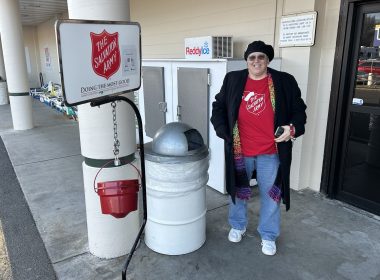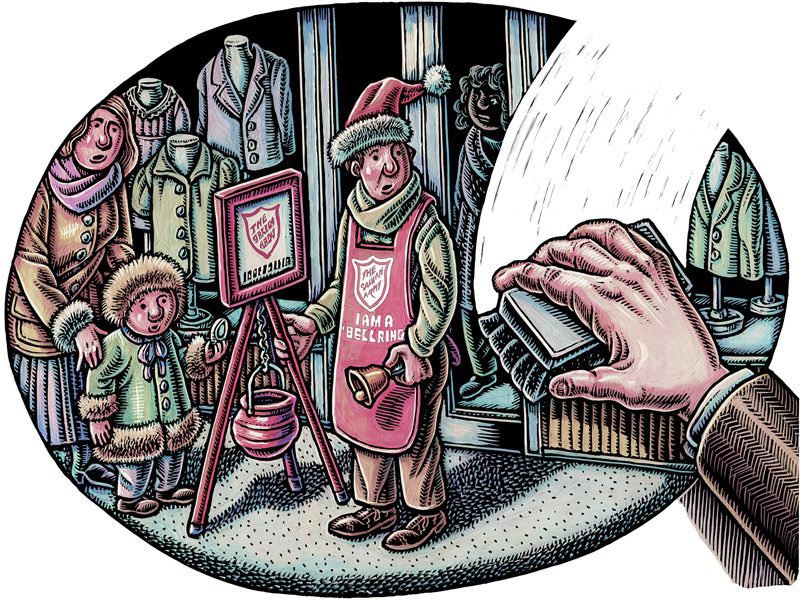By Ian Robinson, Major
We have often visited places where famous people were born or died. We once stood outside the house where William Shakespeare was born in Stratford-on-Avon. We have walked through the cottage where the Scots poet Robert Burns was born and spent his early years. Recently, the remains of King Richard III were unearthed in a municipal parking lot in Leicester where he was buried 528 years ago. Of course it wasn’t a parking lot then!
In Israel, though, nothing is quite so definite. The tour guide would often say, “This is the traditional site of…” or, “This might be the location of … .” In one day we saw two possible sites for Jesus’ tomb. One was in the Church of the Holy Sepulcher in the Christian Quarter of Old Jerusalem. Since A.D. 400, this site has been claimed as the location of both the tomb and Calvary. The other site was the Garden Tomb, discovered outside the Old City in the 19th century. It certainly looked authentic, and a nearby rock face that looked eerily like a skull added to the moment. But the bus station in front of it spoiled the effect.
We didn’t visit Roza Bal in India, location of the grave of Yuz Asaf, or “son of Joseph.” Nor did we go to the Tomb of Jesus in Shingo, Japan, where, according to legend, Jesus died at age 106 after escaping crucifixion in Jerusalem.
Actually, it seems that no one knows with certainty where anything happened. Standing on Mount Nebo in Jordan and surveying the Promised Land before us, we were told that this might have been where Moses stood before God took him away to bury him. But it could have been another mountain nearby.
In Galilee, we saw where Jesus might have given the Sermon on the Mount—but it could have been a little further inland, or on the other side of the road. We picked up stones in a dry riverbed that might have been where David fought Goliath, or possibly it was further to the east, or maybe to the west. Even in lowly Bethlehem, we were ushered through a gaudily decorated church into an underground area reputed to be the cave where Mary gave birth to Jesus. But no one is sure.
Why the uncertainty? Why is no one definite about the places where Jesus was born, lived, ministered, died and rose again? The reason became clear as we watched pilgrims rubbing pieces of cloth or tissue paper on the Stone of Anointing, traditionally the place where Joseph of Arimathea prepared Jesus for his burial. Even with such uncertainty, many of these sites have been turned into shrines of worship and holy pilgrimage. If we knew exactly and with absolute certainty where Jesus died, that location would be worshiped more than Christ himself.
The Bible says, Let us fix our eyes on Jesus, the author and perfecter of our faith (Heb. 12:2, NIV). That’s what really matters. Everything else will fade away, erode and disappear, but our faith and trust in the eternal Jesus will bring eternal rewards. We have an opportunity at Easter to focus on Jesus, to let him live in the center of our lives.
Actually, we have that opportunity every day, and we don’t need rocks and stones and places that could-have-been or might-have-been to do that. All we need to do is fix our spiritual eyes on him and allow him full reign in our lives.
May God shower you with his amazing blessings as you worship him this Easter.











